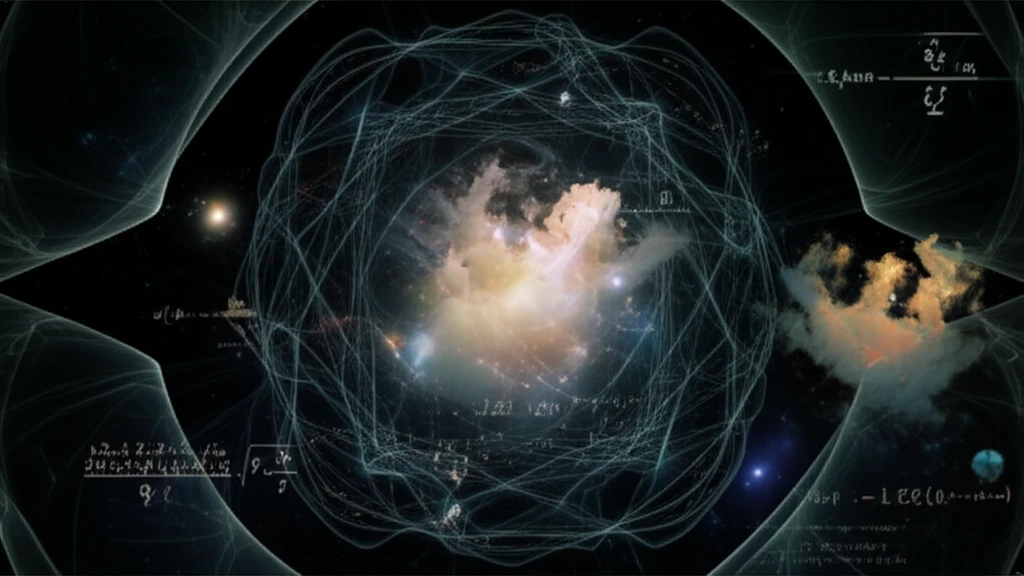
Unlocking the Secrets of High-Energy Physics: A Layman's Guide
"Explore how theoretical physics uses Euler-Lagrange equations to understand the fundamental forces and particles at the highest energy levels."
The universe operates on fundamental forces and particles, and understanding their interactions is a central quest in physics. High-energy physics seeks to unravel these mysteries by studying particle collisions and behaviors at incredibly small scales. This realm requires advanced theoretical frameworks, and one crucial tool is the Euler-Lagrange equation.
In quantum chromodynamics (QCD) and gravity, high-energy scattering events can be described using theoretical concepts like reggeized gluons and gravitons. These are essentially excited states of fundamental particles that emerge at high energies. These concepts help simplify the complex interactions that occur during particle collisions.
The Euler-Lagrange equations play a vital role in formulating effective actions for these interactions, providing a way to describe the dynamics of reggeized gluons and gravitons. These equations, derived using a variational approach, help physicists explore the solutions and applications relevant to calculating Reggeon vertices and trajectories, offering insights into particle behavior and interactions.
What are Euler-Lagrange Equations and Why Do They Matter in High-Energy Physics?

Euler-Lagrange equations are powerful tools in theoretical physics, particularly useful for describing systems where energy is conserved. Imagine them as a set of rules that dictate how a system evolves over time, ensuring that the total energy remains constant. In high-energy physics, these equations help scientists construct 'effective theories.'
- Describing Interactions: They help formulate equations that describe how reggeized gluons and gravitons interact.
- Simplifying Complex Systems: They allow physicists to create simplified models (effective actions) that capture the key dynamics of these interactions.
- Calculating Reggeon Properties: They provide a means to calculate Reggeon vertices and trajectories, offering insights into particle behavior.
The Future of High-Energy Physics: From Equations to Discoveries
The application of Euler-Lagrange equations in high-energy physics is not just theoretical; it has the potential to guide future discoveries. By providing a framework to understand the interactions of fundamental particles, these equations help physicists make predictions that can be tested in experiments.
One exciting avenue is exploring the connections between gauge theories and string theory through the AdS/CFT correspondence. This duality suggests that the behavior of particles in certain gauge theories is mirrored by the behavior of strings in higher-dimensional spaces, offering new ways to understand both.
As experimental facilities continue to push the boundaries of high-energy collisions, the insights gained from Euler-Lagrange equations and effective actions will become increasingly valuable. They provide the theoretical foundation for interpreting experimental results and formulating new questions about the nature of the universe.
